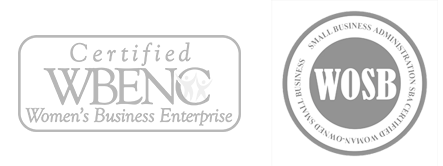THE INTERNET HAS CREATED a marketplace built predominantly of connected buyers who make decisions before they ever make contact with a sales professional. Because information about your company and competitors is readily available online, sales support is often unnecessary early in the buying process. Has your sales strategy evolved to fit this new reality, or are you facing market extinction? Early in your first meeting with connected buyers, focus on determining what information they’ve gathered so far and how they got to you. Needs assessment and product education will follow, but only after finding out what they already know. After all, connected buyers are not interested in starting from scratch; you must join them where they already are in the buying process. By understanding the steps they’ve taken before reaching you, their reason for deciding to actually make a call, and what they expect from the sales process, you will be able to guide the conversation in a way that’s comfortable for your connected buyers. Start by asking your connected buyers how they learned about your company. Thank them for considering your company, showing appreciation for their business and positively reinforcing their decision to continue exploring your company. Reiterate the one-sentence elevator pitch that this connected buyer has already seen on your website, and then ask what triggered the decision to seek out more information about your products or services. With the right follow-up questions, you’ll uncover the factors that are most important to closing the sale. Next, ask how long this connected buyer has been exploring different options, and follow up with questions about the exploration process. For example, you will want to know who was involved, what steps were taken, what put your company on the short list, and the decision-making timeline in order to uncover the critical buying information you’ll need to advance the sale. Finally, recap for the prospective buyer what you’ve learned about his needs. If he agrees, explain your value proposition. Based on what you’ve learned about the buyer so far, tailor your pitch on the spot. If a one-call close isn’t likely in your business, ask for a follow-up meeting to discuss the prospective buyer’s needs in greater depth. Be sure to confirm which key stakeholders will be present, names you should already know from your earlier questions. To stay relevant to connected buyers, learn how to change your approach. Altering your line of questioning, based on what you’re hearing from your prospects, will help you personalize your pitch in a meaningful way that’s sure to resonate with your connected buyers.
Recent Posts
- The Confidence Gap: How to Inspire Your Team to Own the Numbers
- Hire, Fire, and Reward Based on Outcomes: The Only Way to Build a Growth Team
- Why Weekly Optimization Separates Winners from Losers
- The Domino Effect: What Happens When You Reposition Your Brand
- Why Leaders Must Demand Accountability for MROI Projections
Related Posts
 Marketing StrategyOtherSales
Marketing StrategyOtherSales
One Team, One Dream
TEAMWORK: every highly successful team gets just how important it is to propelling an organization…
RedRover Sales & MarketingApril 23, 2024
 Marketing StrategyOtherSales
Marketing StrategyOtherSales
Marking Your Territory
I BET you didn’t think your dog could teach you anything about marketing. I’ve learned…
RedRover Sales & MarketingApril 23, 2024
 OtherSales
OtherSales
The Brain Bone’s Attached to the Wallet Bone
LOOKING AT YOUR BRAIN Neuromarketers can predict how you’ll respond to advertising. While it may…
RedRover Sales & MarketingApril 23, 2024




